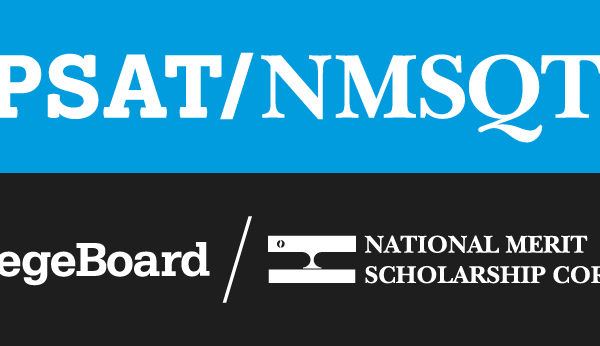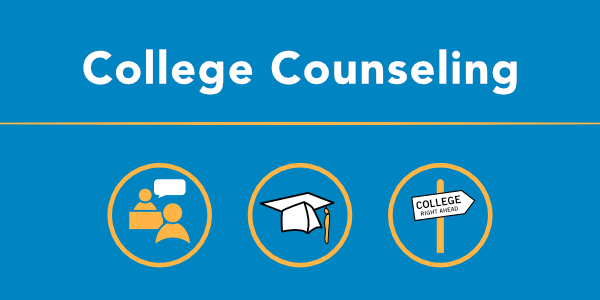Choosing colleges can be daunting.
Deciding where to attend school and live for the next four years might be the most important decision a student has ever made. It’s no wonder students (and parents!) feel anxious about making the wrong decision.
However, if students stick to two key steps when making their college list, they will feel much more confident in their final college decision.
Step 1: When researching colleges keep in mind this one question – “How well do my interests and strengths mesh with what this college offers?”
It seems to easy, but many students focus too much on external factors such as college rankings or school mascots without realizing it.
Students should strive to figure out what they want out of their college experience and which schools are most likely to provide those things (and maybe that’s a cool mascot after all?). As students begin researching colleges, they can also begin to think about what they consider “deal-breakers” and what they consider “must-haves” in their future college experience.
To figure out what they consider “deal-breakers” or “must-haves,” students should ask themselves many more little questions.
Does the student want…
- a big school or a small school?
- a research university or a liberal arts school? (Confused? Here are the 6 key differences.)
- large classes or small classes?
Does the student know…
- what colleges actually offer the major they’re interested in?
- what location they prefer? East coast? West coast? Midwest? South?
- what extracurricular activities the college offers?
- what sort of special programs the college has? Study abroad? Research opportunities for undergraduates? Internships? Dual majors? Greek life?
- what kind of campus vibe they want?
Students might also want to explore other, less thought about factors. For instance:
- Do they want to take required courses, or do they prefer to not have any requirements?
- Do they like the idea of Freshman Interest Groups (FIGs) or learning communities?
- What kind of housing do they want to live in? Are they required to live in the dormitories on campus? How long?
Remember: The single best reason to attend a college is because it offers students what they want out of their college experience.
Step 2: Figure out chances of admission and categorize the schools accordingly.
As students begin the process of making a college list based on their interests and strengths, it is important they realistically determine their chances of being admitted. Students should be sure to compare their high school experiences against the experiences of admitted students in the years before.
Of course, this is not an exact science, and there are no guarantees in college admissions. However, students should still take a look at the “typical student” a college accepts and compare those statistics (GPA, test scores, etc.) to their own academic information.
Usually, information about students admitted in the past can be found right on the college or university’s website.
As students go along in this process for each college, it is helpful to group the colleges into separate categories depending on their chance of admission. This way students will have a list with a variety of schools he or she enjoys.
It’s best to have 2-4 schools that fit into three categories: foundational schools, range schools, and reach schools.
Foundational schools are schools students have the highest chance of being admitted into. A school can be considered a foundational school if the student:
- Has better test scores (ACT/SAT) and GPA than 75% of past admitted student (PAS).
- Has taken more rigorous courses than 60% of PAS.
- Has participated more deeply in extracurricular activities than 60% of PAS.
Range schools are schools where students fall around the middle of the statistics of past admitted students. A school can be considered a range school if the student:
- Has test scores (ACT/SAT) and GPA that are better than 25-75% of PAS.
- Has taken more rigorous courses than 25-75% of PAS.
- Has participated more deeply in extracurricular activities than 25-75% of PAS.
Reach schools are schools students have the least chance of being admitted into. Schools that consistently have low acceptance rates should always be considered reach schools, even if the student matches the top level of PAS. Any other school where the student’s ACT/SAT scores and/or GPA are lower than the 25% of PAS are considered reach schools.
The Bottom Line
When students focus on building a college list made up of schools that fit their interests and represent all three categories (foundational, range, and reach schools), they maximize their chances of being admitted into a school they will be proud of the rest of their lives.




